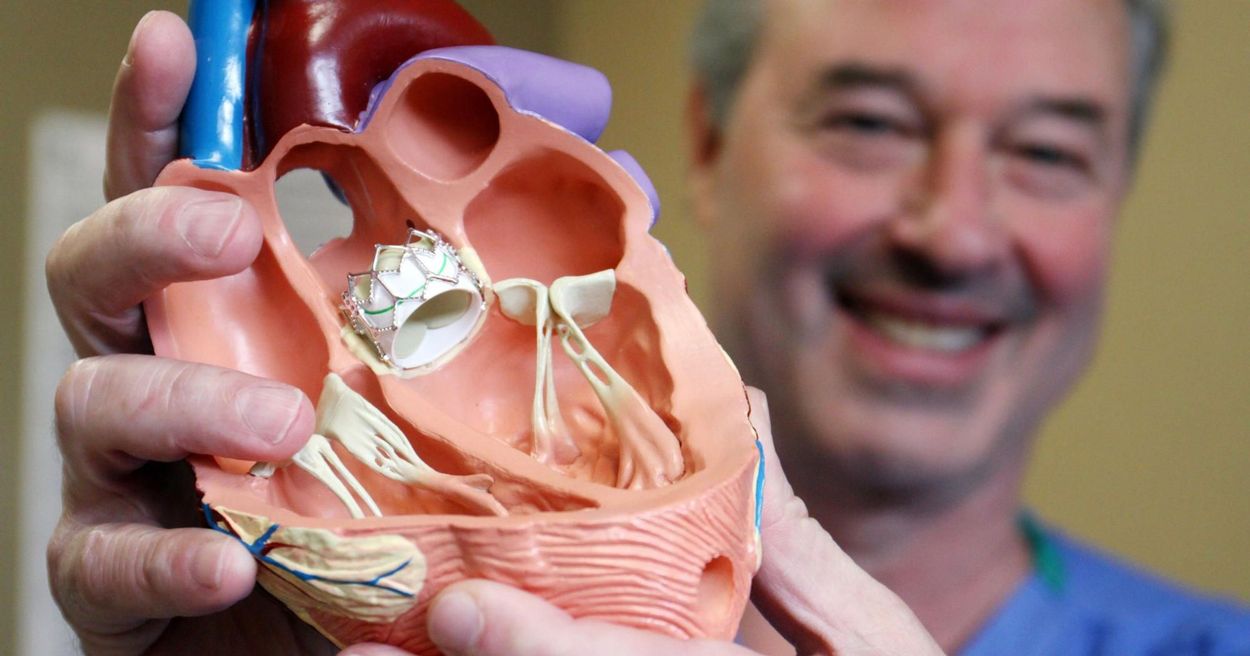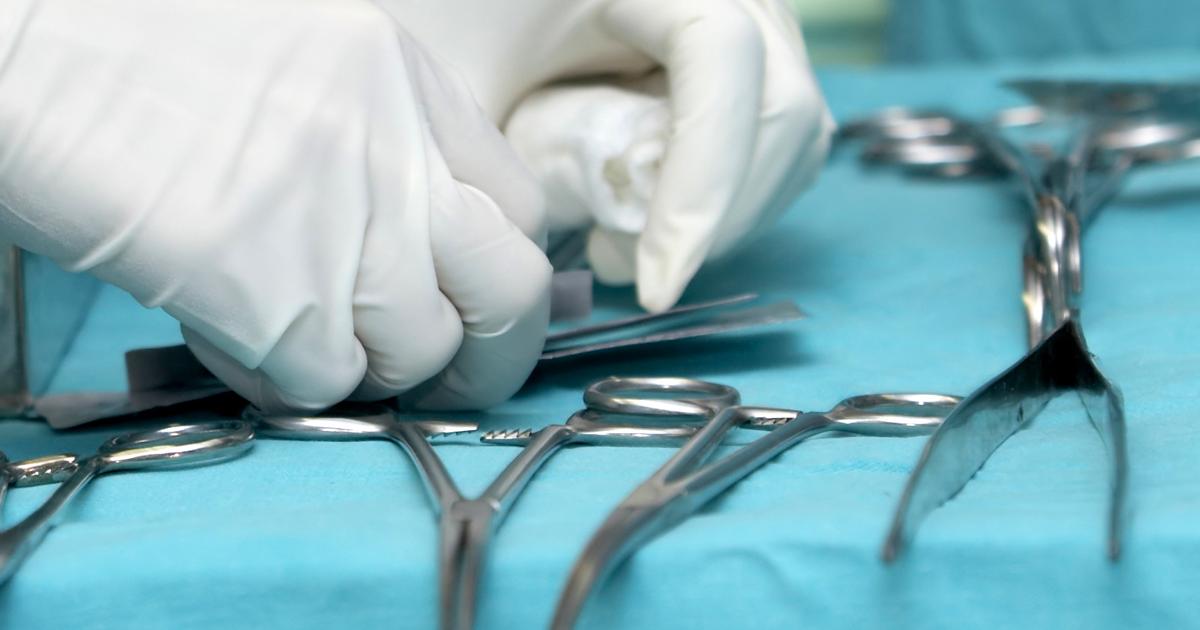Options For Treating Aortic Stenosis
Aortic stenosis is a condition where the aortic valve in the heart becomes too narrow, resulting in its functional impairment. Oxygenated blood returns from the lungs and flows into the left atrium, where the mitral valve allows it into the left ventricle. The blood moves from the left ventricle through the aortic valve into the aorta, and from there, oxygenated blood is distributed to tissues around the body. When this valve cannot open enough due to narrowing, the flow of blood to the rest of the body is reduced or obstructed. This malfunction causes the heart to work excessively hard to pump enough blood throughout the body. Over time, this burden on the heart results in a reduced ability to pump an adequate blood volume. This causes symptoms such as heart murmur, fainting, fatigue, appetite loss, weight loss, angina, breathlessness, and palpitations.
Aortic stenosis treatment depends on the severity, progression rate, and symptoms produced. with this in mind, learn about some of the popular options now.
Eat A Heart-Healthy Diet

Some individuals affected by mild aortic stenosis may be advised by their physician to make certain lifestyle changes like eating a heart-healthy diet as part of their treatment. Obesity and being overweight even for healthy individuals can increase the burden on their heart, which is why a heart-healthy diet, typically consisting of lots of whole grains, to maintain a healthy body weight is crucial. Foods with whole grains include oatmeal, brown rice, and rye bread. Individuals with aortic stenosis should aim to eat twenty-five grams of whole grains daily. Protein in the diet should come from sources such as black beans, pintos, soybeans, garbanzos, split peas, nuts, eggs, milk, yogurt, cheese, and certain types of fish and shellfish.
Consumption of red meat should be limited because it can cause an increase in bad cholesterol and contribute to the development of atherosclerosis. It is better to choose chicken and turkey over red meat as they contain much less saturated fat. Processed meat like bacon, hot dogs, sausages, and deli meats should be avoided, as they contain too much salt to keep an affected individual's blood pressure at a reasonable level.
Uncover more treatments for aortic stenosis now.
Get Regular Exercise

A physician may suggest patients with mild aortic stenosis get regular exercise as a part of their treatment. Regular physical activity is beneficial for the heart, even for individuals affected by mild aortic stenosis. A physician can help a patient understand what types of activities they should avoid and the amount of time their heart rate can be raised safely. A patient should track their heart rate during their exercise regimen or routine. Aerobic-based activities like walking, team sports, running, swimming, resistance-based activities, and programs with weights can all help keep an individual's muscle and cardiovascular tissues in good health.
Regular exercise also has the benefit of minimizing the chance of developing cardiovascular complications such as high blood pressure and unhealthy body weight. The frequency recommended for aerobic-based exercise in individuals affected by mild aortic stenosis is three to five times per week with a duration of twenty to sixty minutes. Resistance-based exercise is recommended at a frequency of one to three times per week for patients with mild aortic stenosis.
Continue reading to learn more about treating aortic stenosis now.
Medication

Medications are used to treat aortic stenosis to lower the risk of complications and to help control symptoms. No medications can cure aortic stenosis. To reduce complications associated with high blood pressure and poor blood circulation, ACE inhibitors may be prescribed to help dilate the patient's blood vessels. Medications may be prescribed for individuals who experience symptoms associated with the increased burden aortic stenosis places on their heart, such as high blood pressure and high heart rate. These medications are called beta-blockers and can help decelerate the heart rate and are also useful for preventing thickening of the walls of the heart from overexertion. Medications may be needed to address certain heart rhythm abnormalities if applicable. Medications called diuretics can reduce the volume of the blood, which helps alleviate some of the stress put on a patient's heart. Some individuals with aortic stenosis may also need medication to lower levels of bad cholesterol called statins to prevent the development of atherosclerosis.
Get more details on how to treat aortic stenosis now.
Aortic Valve Repair

Aortic stenosis patients may need to have the faulty valve of their heart repaired through a minimally invasive procedure. A balloon valvopathy is a procedure involving the use of a catheter equipped with a small balloon on its end. This catheter is threaded into the body through a large artery in the groin area to the narrowed aortic valve in the heart. The balloon is inflated to stretch the valve and then removed along with the catheter. This procedure is a temporary fix for an individual who has moderate severity of aortic stenosis because the effects do not last for an extended period. Balloon valvopathy is used sparingly and on patients waiting for another operation or cannot undergo a major surgical procedure to replace their aortic valve. There are other advantages to a valve repair over replacement, such as a reduced risk of infection-related complications along with the need to be on blood thinners for life. Recovery from an aortic valve repair is quicker, and there is less post-procedural pain reported with this procedure. In uncommon cases, surgical aortic valve repair may be done while the patient is having open surgery to repair another heart defect.
Discover another option for treating aortic stenosis now.
Aortic Valve Replacement

The only way to effectively treat aortic valve stenosis is an aortic valve replacement. Some patients are unable to control their symptoms and complications of aortic valve stenosis through non-surgical or minimally invasive repair methods. In such cases, the patient requires a complete excision of the narrowed valve and the installation of a replacement. Replacement valves are made from tissues that come from pigs, cows, or other individuals. Some replacement valves are mechanical and man-made. Man-made mechanical replacement valves mean patients must take blood thinners for the rest of their life, but they also last longer than biological valves. Valves made of actual living tissue do not carry the requirement of medication but do require replacement every ten to fifteen years. While open surgery to replace the aortic valve is most effective, an alternative method of replacement is available. Transcatheter aortic valve replacement works the same as a balloon valvopathy, but the replacement valve is inserted before the balloon is deflated and removed. This procedure is common in patients who have already had a valve replacement and need another one.